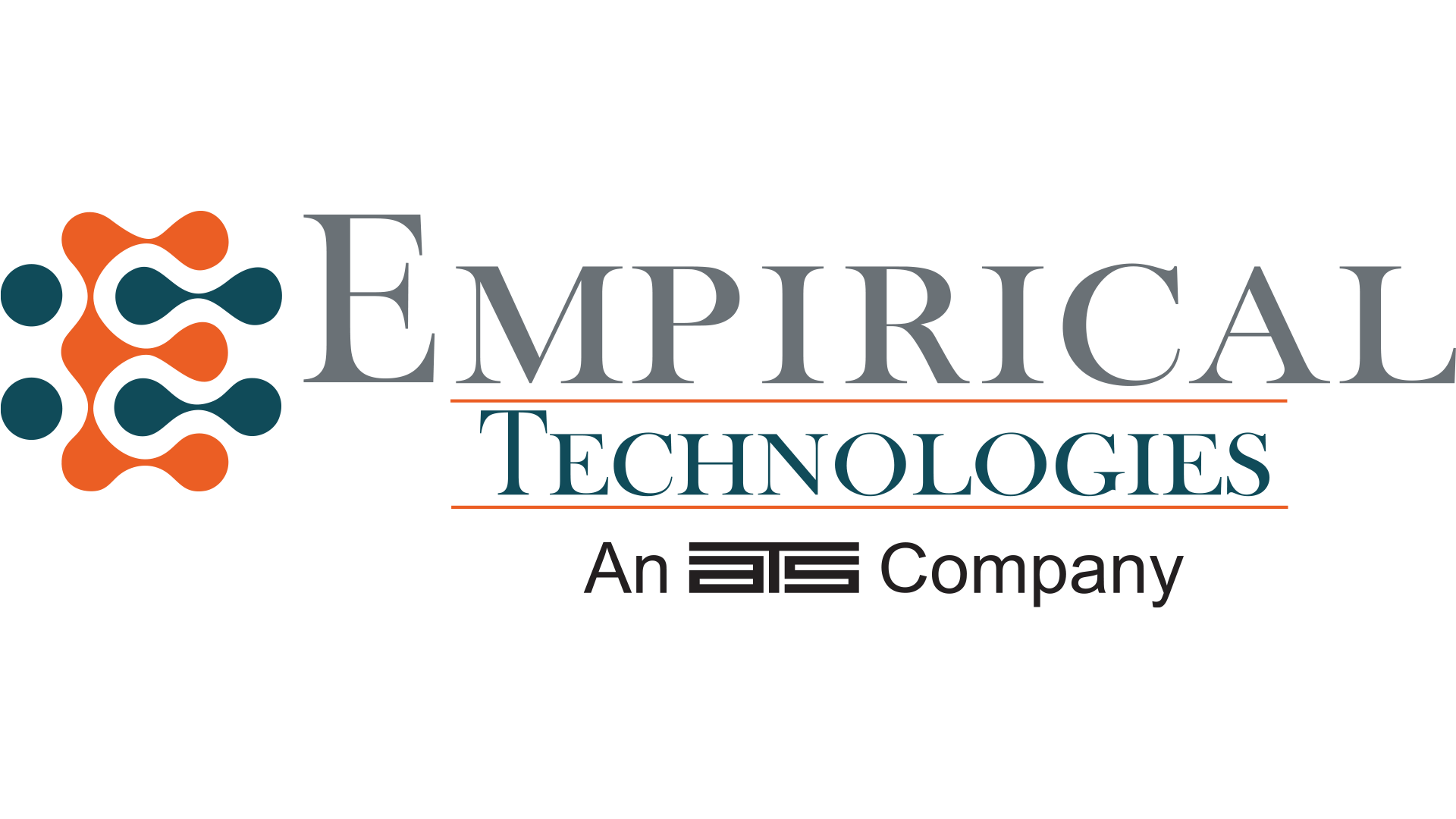FDA 510(K) Consultants
FDA 510(K) Consultants for Medical Devices
For over 20 years, Empirical Technologies has been providing valuable expertise into various aspects of regulatory compliance. With a long-standing relationship with the FDA and a track record of success in submission clearance, we’re proud to assist clients as they navigate the 510(k) submission process.
As 510k FDA submission consultants, some of the services we provide include evaluating your medical device’s classification, performing GAP analysis, and collecting the necessary data and documentation to complete the 510(k), among others. We aim to remove the stress and burden of 510(k) submission from your shoulders by bringing skill and dedication as FDA 510K consultants to the partnership, so you can enjoy a more seamless experience with desirable outcomes at the end of the submission process.

510(K) Submission Process Consultants
The Food and Drug Administration (FDA) is responsible for ensuring that all cosmetics, food, pharmaceuticals, and medical devices meet specific standards and are safe for American consumers. The 510(k) is a Premarket Notification of a medical device submitted to the FDA and reviewed by their Center for Devices and Radiological Health. There are a number of different levels of review that will occur once a 510(k) has been submitted, but a thoughtful, thorough document that you can ask with an FDA 510k consultant will receive far more expedient consideration and approval than one which is placed on RTA Hold or requires additional information.Empirical Technologies is a proud 510k FDA submission consultant to have assisted with more than 200 successful 510(k) submissions, so we know how to properly complete submissions to meet the precise specifications of the FDA. Though the average amount of review days required to receive FDA clearance hovers around 177, the average review days for 510(k) forms submitted by Empirical is just 131. Our record of success has not been achieved by sheer luck—we’ve worked hard to set ourselves apart as an FDA 510k consulting firm and redefine industry standards.
